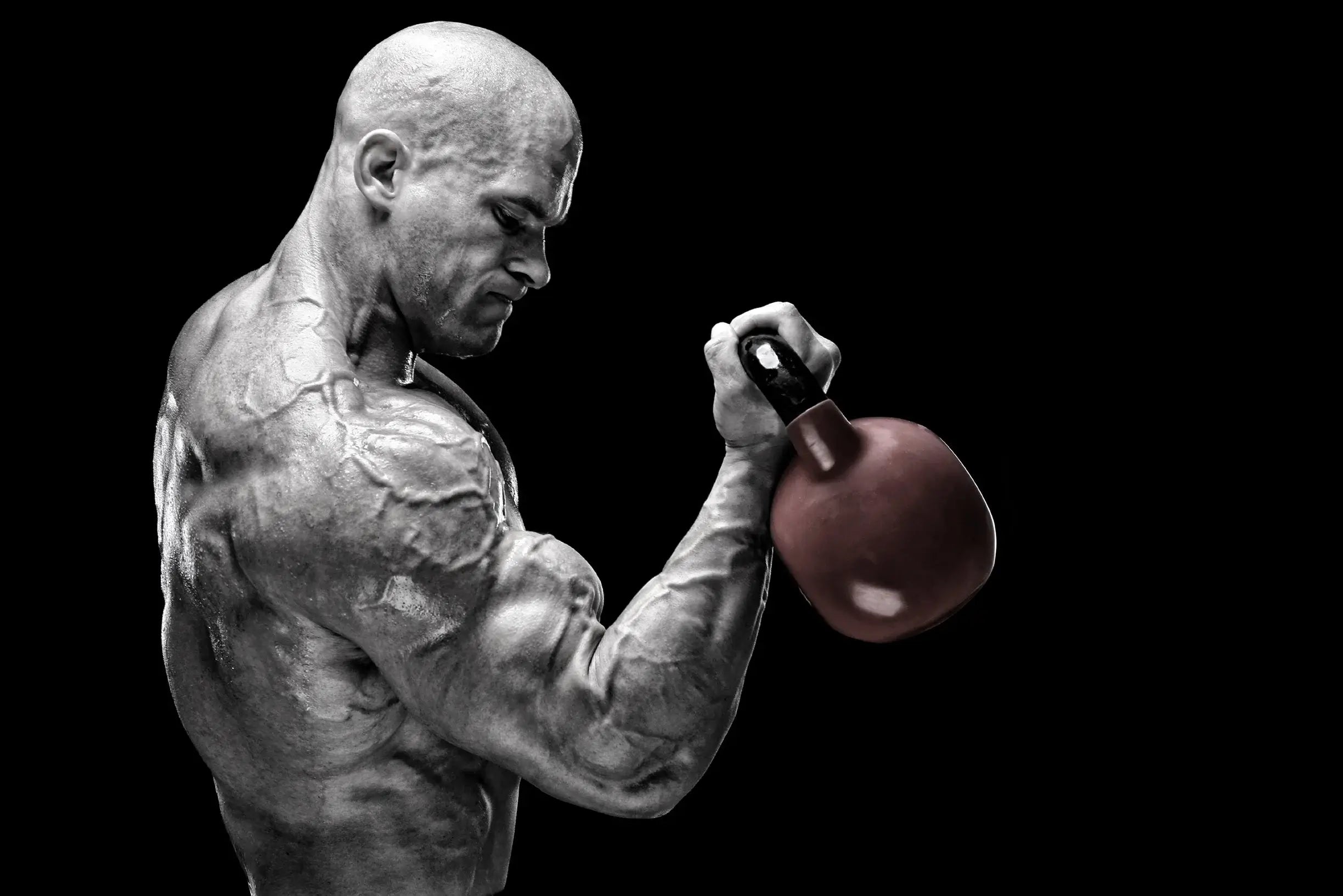Noura Schärer, compagnie.com
Power vs. Strength: What’s the Difference and Why It Matters

Power vs. Strength: What’s the Difference and Why It Matters
When it comes to fitness, the terms power and strength are often used interchangeably, but they refer to two distinct physical attributes. Understanding the difference between the two can help you tailor your workouts to meet your specific goals. Whether you’re an athlete, a fitness enthusiast, or just starting your journey, this guide will break down everything you need to know about power and strength.
What is Strength?
Strength is the ability of your muscles to exert force against resistance. It’s about how much weight you can lift, push, or pull. Strength training typically involves slow, controlled movements with heavy weights or resistance.
Key Features of Strength Training:
- Focuses on maximal force production.
- Involves exercises like squats, deadlifts, bench presses, and heavy resistance training.
- Builds muscle mass and increases overall muscular endurance.
What is Power?
Power is the ability to exert force quickly. It combines strength and speed, allowing you to perform explosive movements like jumping, sprinting, or throwing. Power training focuses on fast, dynamic movements with lighter weights or bodyweight.
Key Features of Power Training:
- Focuses on speed and explosiveness.
- Involves exercises like plyometrics, Olympic lifts (e.g., clean and jerk), and
- medicine ball throws.
- Enhances athletic performance and agility.
Strength vs. Power: Key Differences
|
Aspect |
Strength |
Power |
|
Definition |
Ability to exert maximal force. |
Ability to exert force quickly. |
|
Focus |
Maximal force production. |
Speed and explosiveness. |
|
Training Methods |
Heavy weights, slow movements. |
Lighter weights, fast, explosive movements. |
|
Exercises |
Squats, deadlifts, bench presses. |
Plyometrics, Olympic lifts, box jumps. |
|
Primary Benefit |
Builds muscle mass and raw strength. |
Improves speed, agility, and explosiveness. |
Benefits of Strength Training
- Builds Muscle Mass: Strength training increases muscle size and density.
- Boosts Metabolism: More muscle mass leads to a higher resting metabolic rate.
- Improves Bone Density: Lifting heavy weights strengthens bones and reduces the risk of osteoporosis.
- Enhances Functional Fitness: Makes everyday activities easier by improving overall strength.
Benefits of Power Training
- Enhances Athletic Performance: Improves speed, agility, and explosiveness, essential for sports.
- Increases Reaction Time: Helps you move quickly and efficiently.
- Boosts Calorie Burn: Explosive movements burn more calories in less time.
- Improves Coordination: Combines strength and speed for better overall movement control.
Which One Should You Focus On?
Choose Strength Training If:
- Your goal is to build muscle mass and increase raw strength.
- You want to improve your overall fitness and make daily activities easier.
- You’re recovering from an injury and need to rebuild strength.
- You enjoy lifting heavy weights and slow, controlled movements.
Choose Power Training If:
- You’re an athlete looking to improve speed, agility, and explosiveness.
- You want to enhance your performance in sports like basketball, soccer, or sprinting.
- You’re looking for dynamic, high-intensity workouts.
- You want to improve your reaction time and coordination.
Can You Train for Both Power and Strength?
Absolutely! In fact, combining strength and power training can create a well-rounded fitness routine. Here’s how you can incorporate both:
- Strength Training Days: Focus on heavy lifting and slow, controlled movements (e.g., squats, deadlifts, bench presses).
- Power Training Days: Focus on explosive movements (e.g., box jumps, medicine ball throws, Olympic lifts).
- Hybrid Workouts: Combine strength and power exercises in the same session. For example, perform heavy squats followed by box jumps.
Final Thoughts
Both strength and power are essential components of fitness, and understanding the difference between the two can help you achieve your goals more effectively. Whether you’re looking to build muscle, improve athletic performance, or simply get stronger and faster, incorporating both strength and power training into your routine can take your fitness to the next level.
At FitBuddy.ch, we’re here to help you design a personalized training plan that balances strength, power, and overall fitness. Ready to get started? [Book a Free Consultation] today and let us guide you toward a stronger, faster, and more powerful you!
Articles Liés
Rehab Workouts: The Best Low-Impact Exercises for a Safe Recovery
Introduction: The Power of Smart Rehab Workouts Recovering from an injury doesn’t mean you have to give up on exercise...
How Online Coaching Helps You Recover Faster from Injuries
Introduction: Why Recovery Matters More Than You Think Injury is one of the most frustrating setbacks in fitness.Whether you’re a...


